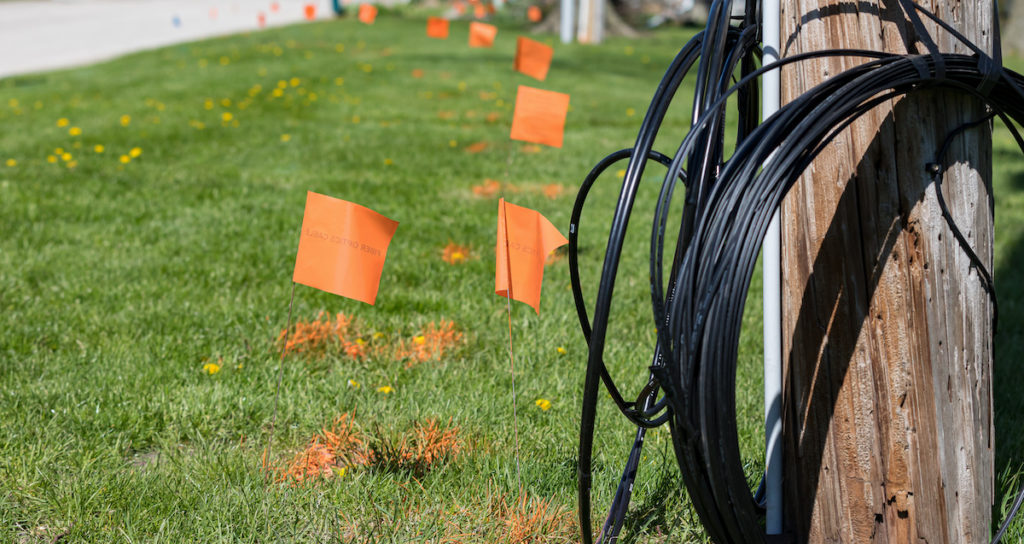By Brian Mefford, VETRO Vice President of Broadband Strategy
In mid-September, the US Treasury published concrete guidance regarding applying for and using resources from the Capital Projects Fund, relative to the American Rescue Plan Act of 2021 (ARPA). The American Rescue Plan makes available $10 billion to provide payments to states, territories, freely associated states, and Tribal Governments, as well as a wide range of qualified sub-recipients “to carry out critical capital projects directly enabling work, education, and health monitoring, including remote options, in response to the public health emergency with respect to the Coronavirus Disease (Covid 19).”
Select Highlights for The Fiber Industry
Reliable and future-proof broadband infrastructure is explicitly called out numerous times as a preferred use of the Capital Projects Fund. In fact, the guidance states specifically, “Treasury expects many Recipients will choose to use Capital Projects Fund grant funding for Broadband Infrastructure Projects.”
The Covid 19 pandemic highlighted the importance of reliable, high-speed internet and laid bare the widespread consequences of inadequate infrastructure for such things as learning and working from home. As a result, this federal funding is encouraging investments in the most advanced fiber broadband technologies in order to reliably improve digital equity related to “full participation in school, healthcare, employment, social services, government programs, and civic life.”

Breakthroughs in Broadband Funding
In a breakthrough for the long-contested and outdated definition of broadband, eligibility under this funding requires symmetrical 100Mbps upload and download speeds or, if there are limitations due to geography, topography, or excessive cost, projects must be designed so that they deliver 100 Mbps download speeds and between 20 Mbps and 100 Mbps upload speeds and be scalable to a minimum of 100 Mbps symmetrical for download and upload speeds.
Importantly, the Treasury went out of their way to encourage the prioritization of investments in fiber-optic infrastructure where feasible, as such advanced technology better supports future needs.

Prioritizing State and Local Government Broadband Projects
Notably, the guidance prioritizes projects “that involve broadband networks owned, operated by or affiliated with local governments, non-profits, and co-operatives—providers with less pressure to generate profits and with a commitment to serving entire communities” was highlighted as a key area for development.
The clarity, direction and encouragements provided in the Treasury guidance is unmistakably direct and speaks to the urgency with which they believe these problems need to be resolved.
But enough talk for now… Let’s get building and let’s get busy!


